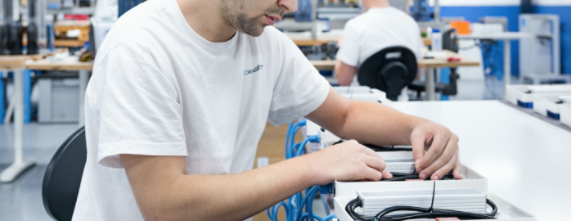1. SERVICIO TÉCNICO y SERVICIO POSTVENTA
Innowater pone a la disposición de sus clientes todo un equipo especializado:

2- PREGUNTAS FRECUENTES
3- PROBLEMAS y SOLUCIONES
4- SERVICIO DE ASISTENCIA TÉCNICA
Le ayudamos a resolver cualquier duda o incidencia:
S.A.T. Innowater
- C/Herreros 5 P.E. Prado del Espino 28600 - Boadilla del Monte


